In my undergraduate thesis (BArch Victoria University, Wellington) I developed a novel method for designing with genetic algorithms. Rather than using a genetic algorithm to seek a single ‘optimal’ design, I invented a method for identifying a range of Pareto-optimal designs. Using Java I created an application that evolved a population of design outcomes using a genetic algorithm. These outcomes were sorted into multi-dimensional Pareto-fronts that the designer could then explore using a set of sliders (video). Using this application, the designer and the computer worked synergistically to explore potentials in the design space of genetic algorithms.
I applied my Pareto-optimal genetic algorithm design method to the conversion of a warehouse in Wellington, New Zealand. Working at a range of scales, I demonstrated the method being applied to space planning, structural analysis, and the design of various stairs and chairs. My thesis was selected as one of four projects from Victoria University to attend the New Zealand Institute of Architects student design awards.

The five presentation panels
Panel One
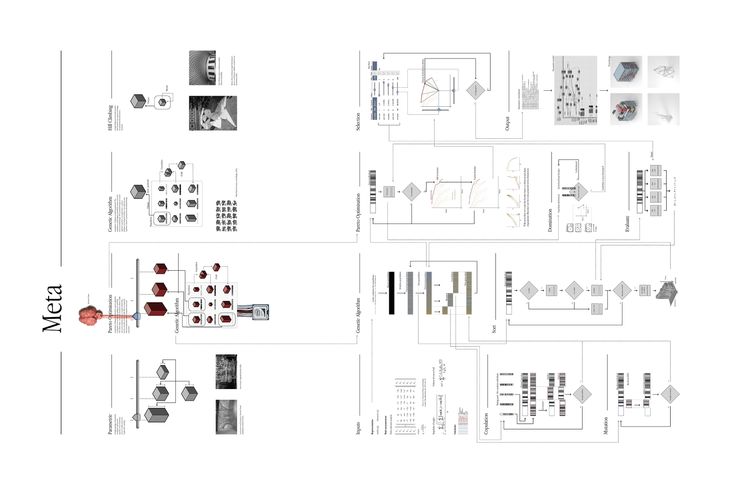
Pareto-optimal Structural Design Process
Panel Two
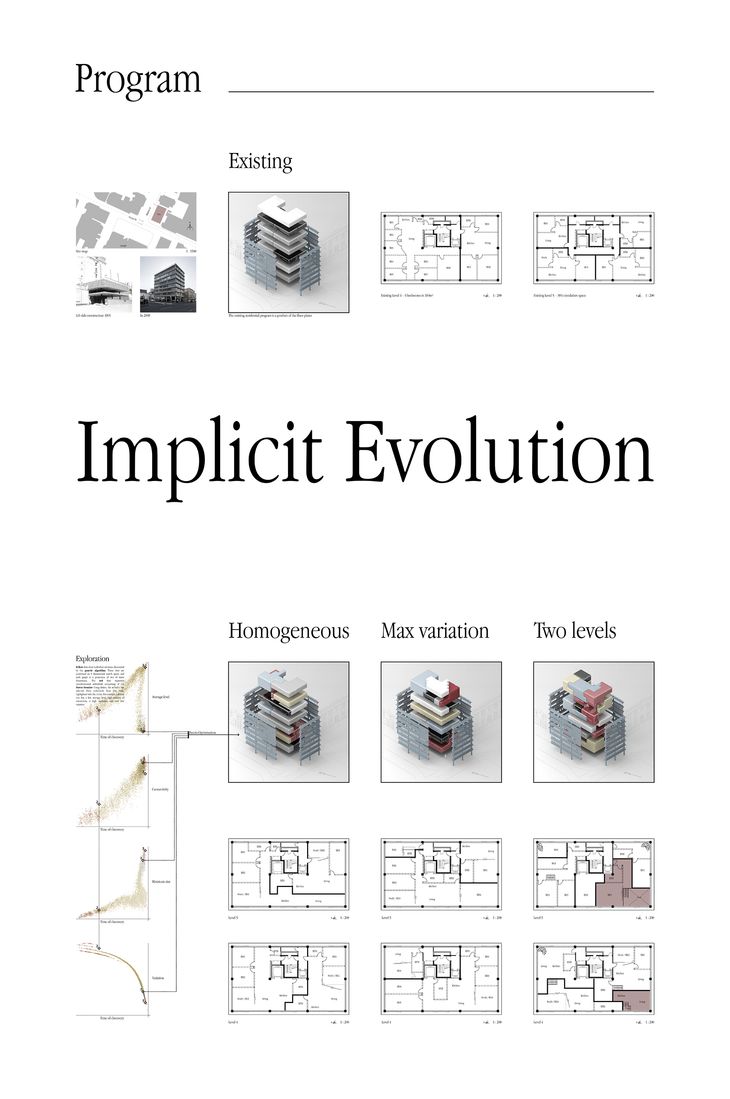
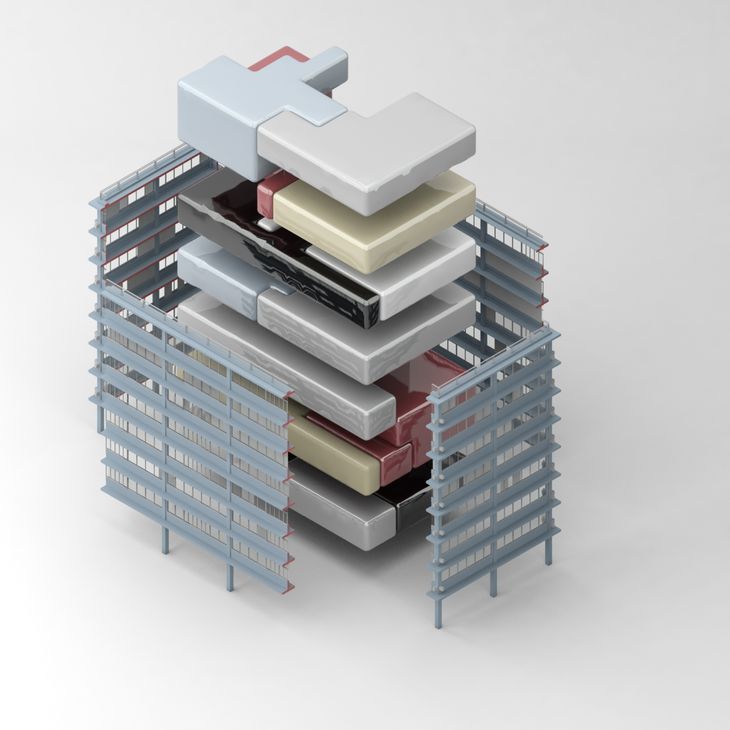
A floor plan selected for homogeneity
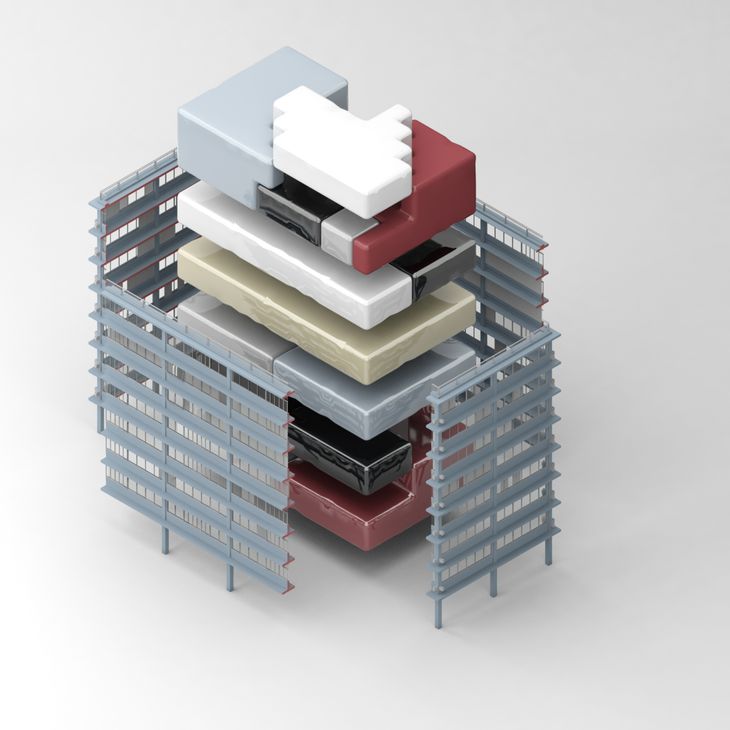
A floor plan selected for variation
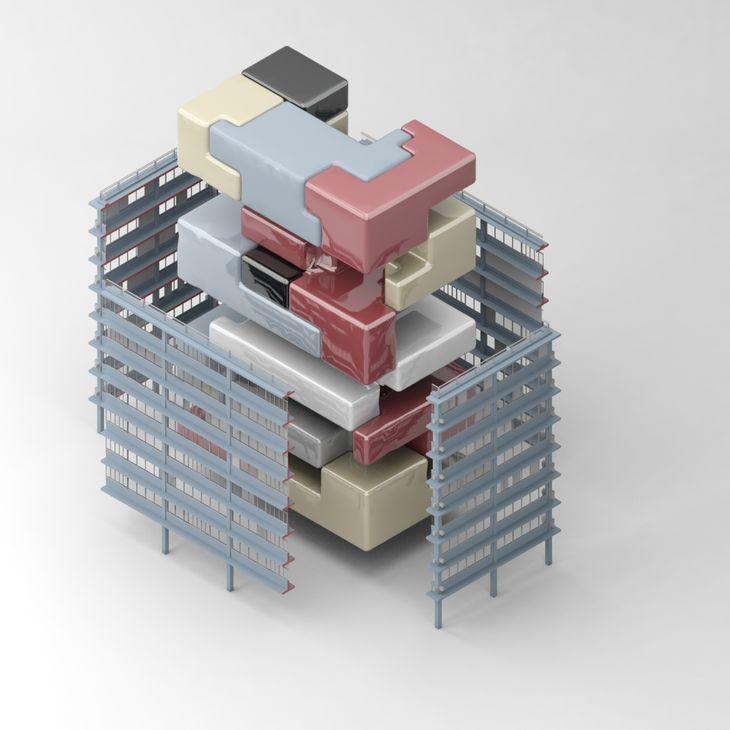
A floor plan selected double height spaces
Panel Three
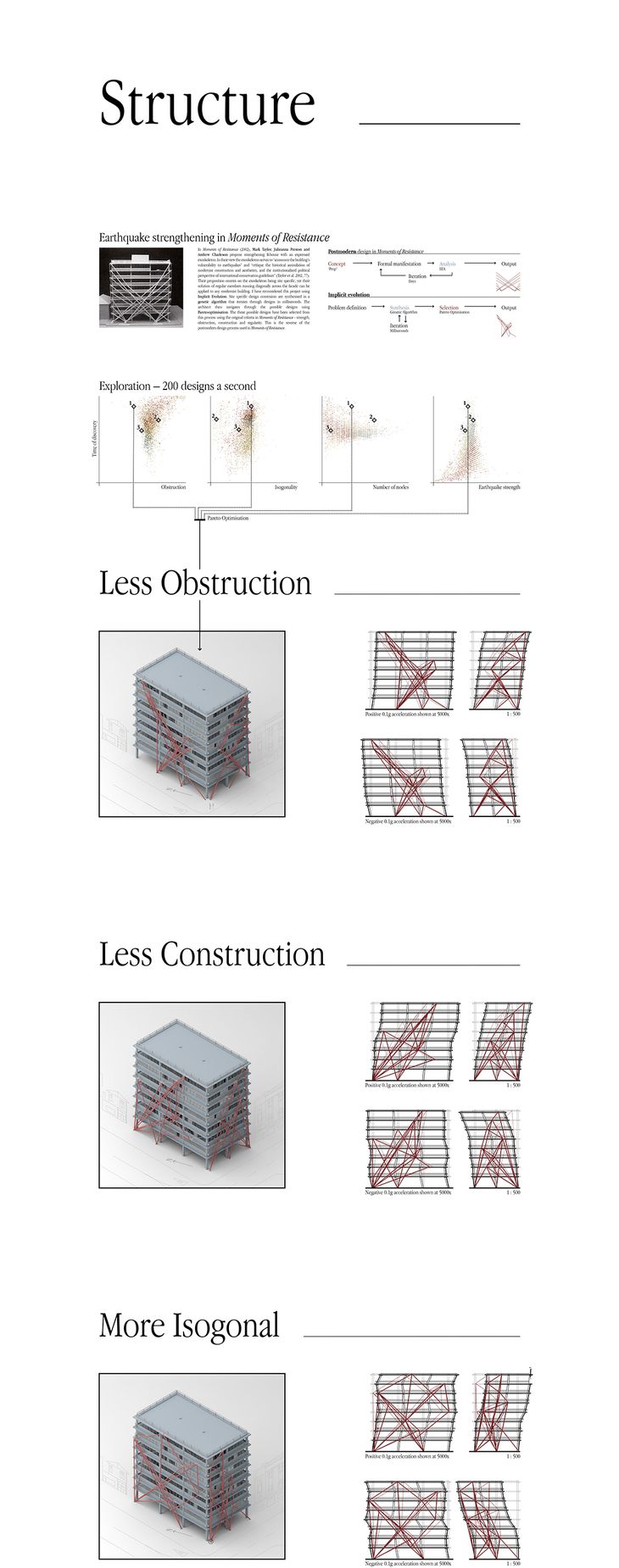
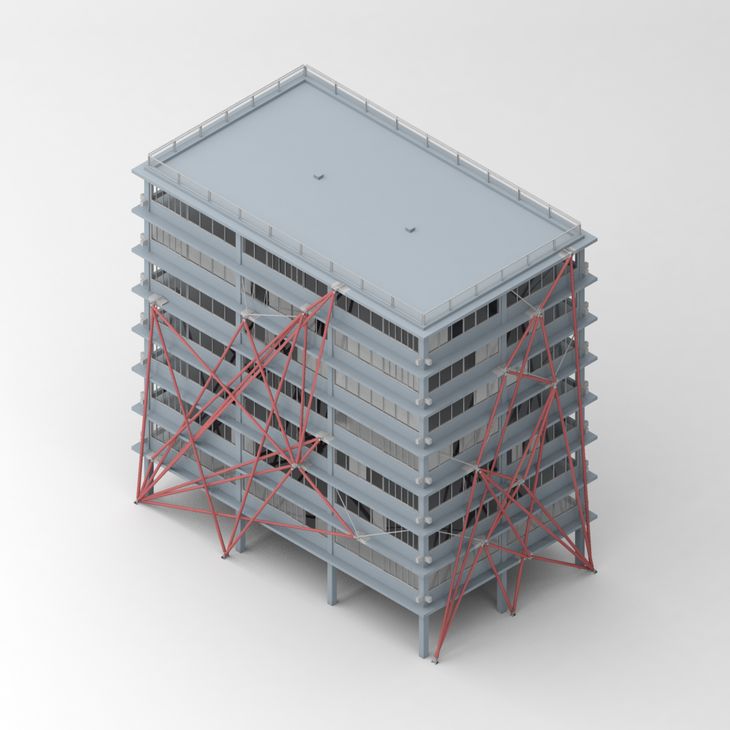
Structure selected for its constructability

Structure selected to minimise window obstruction
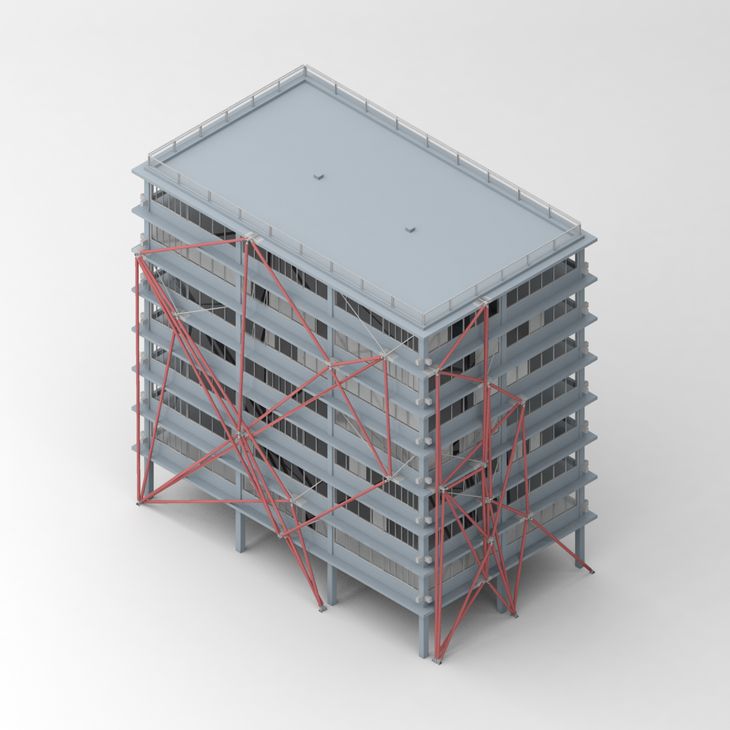
Structure selected for its regularity
Panel Four
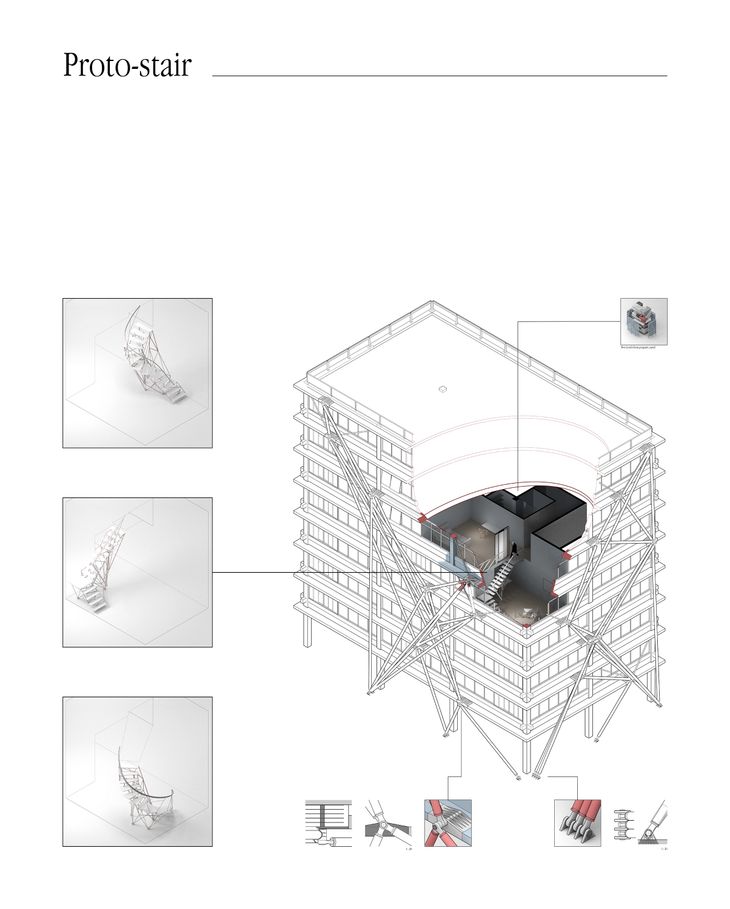

Stair One
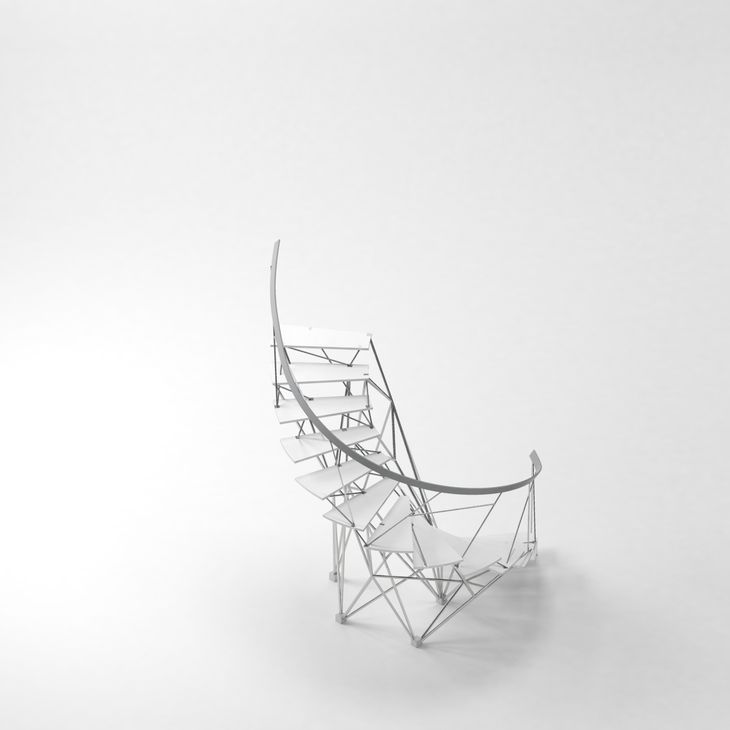
Stair Two
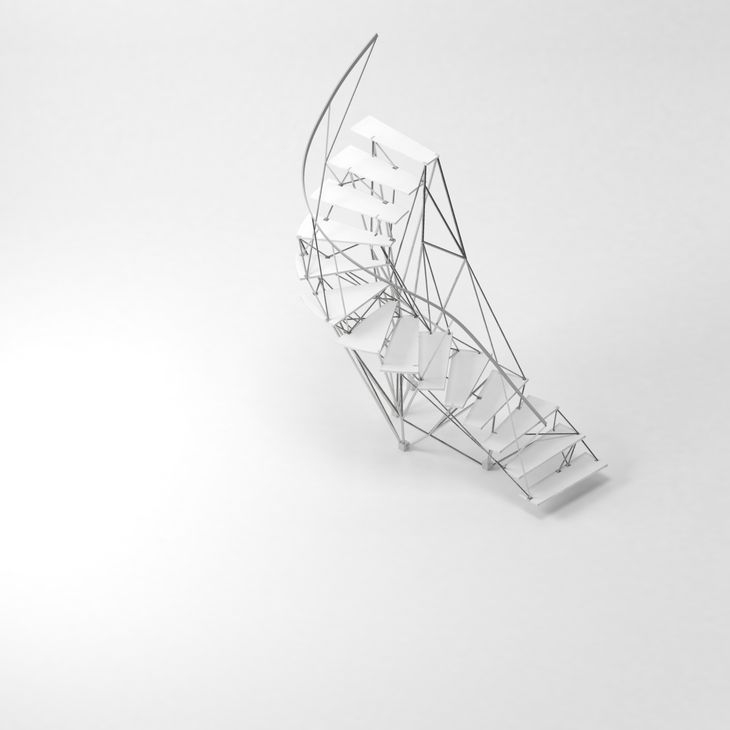
Stair Three
Panel Five
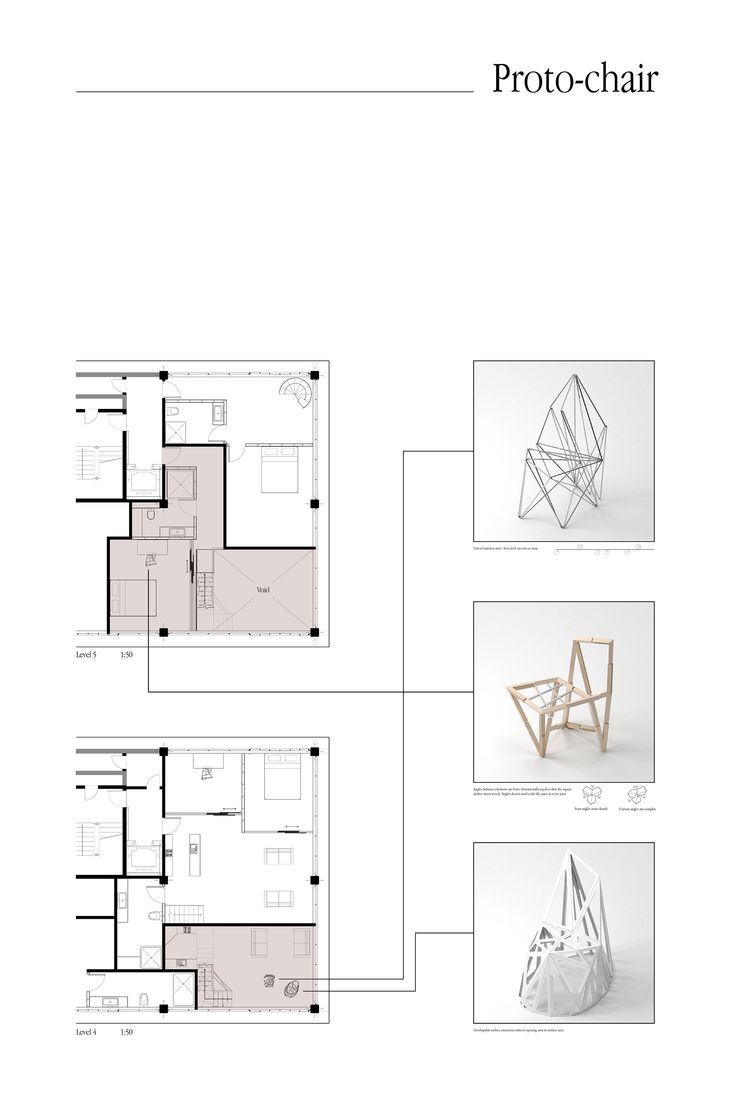
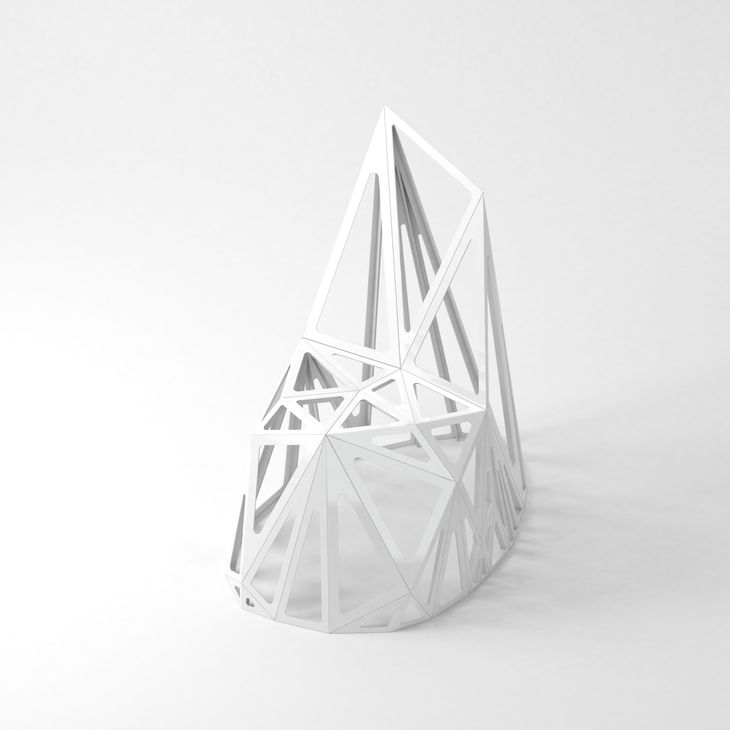
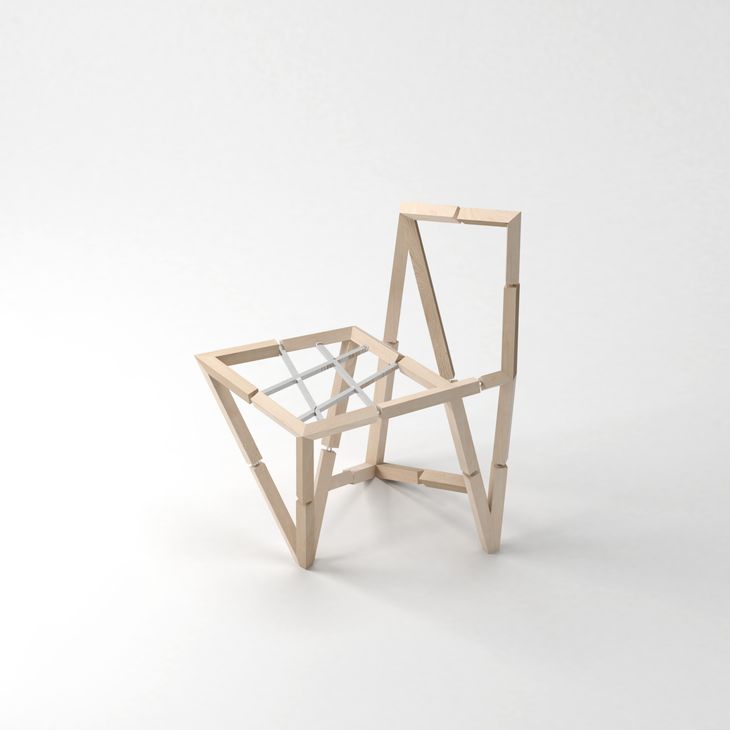
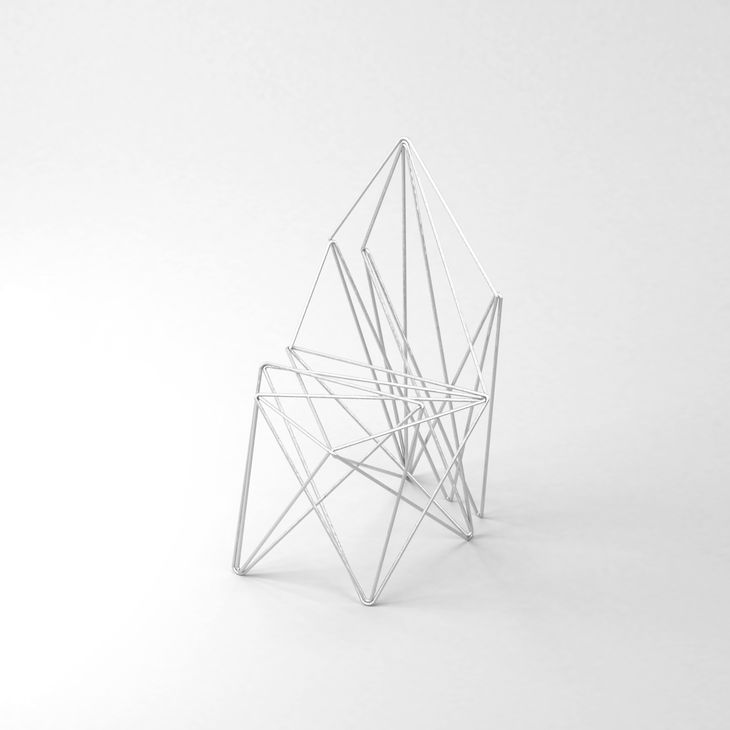
Hayk M.
Hi Daniel. Currently I am preparing my portfolio to apply for a master course in the field of Computational Design. Yesterday I searched history of computational design and ended in your blog reading all the great articles. Thanks for sharing with us such valuable experience. This is just a great job you do! Here I am interested where you did renderings. Is it V-Ray for Rhino or other? Thanks in advance.
Daniel
Hey Hayk, Glad the site has been useful for you. The modeling was done in Rhino but I exported it to 3dsMax and rendered it with Mental Ray (from memory). Good luck with your application!